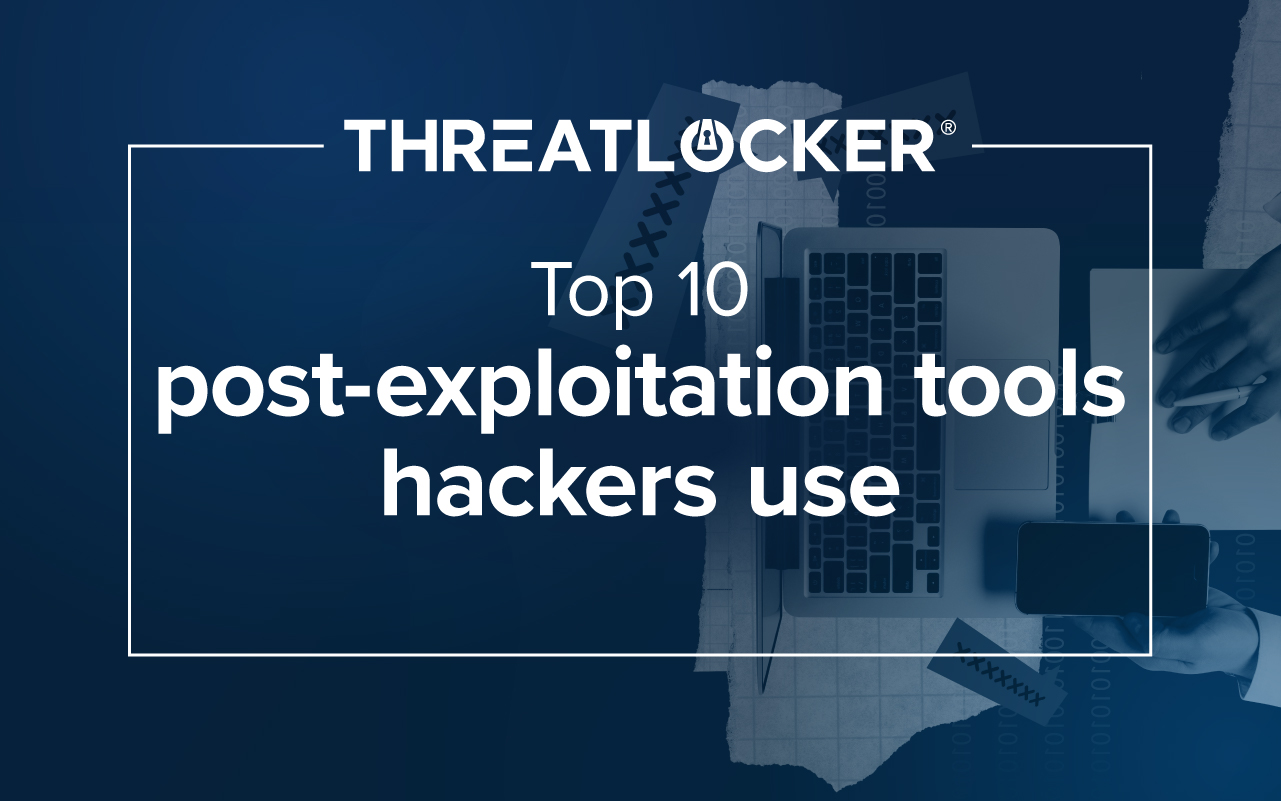Table of contents
Introduction
Cybercriminals are clever, well-funded, and relentless. A default deny cybersecurity approach will block ransomware, zero-day exploits, and other unwanted behavior. However, once these adversaries gain a foothold in an environment, they often search for vulnerabilities until their attack succeeds. For this reason, a security stack should include a product like ThreatLocker® Detect that can monitor thousands of rows of data per endpoint daily, compare that data to industry-known IOCs and personalized policies, and automatically respond to potential threats.
What is ThreatLocker® Detect?
ThreatLocker® Detect is a tool that allows businesses to identify and respond to anomalies within their environment. Unknown vulnerabilities in an environment could leave the environment susceptible to a cyberattack. ThreatLocker Detect leverages the telemetry data collected across all the ThreatLocker modules to identify and respond to potential areas of compromise or weakness in the environment. Admins can combat alert fatigue by setting personalized risk thresholds to reduce the number of false positive alerts and receive only notifications that are important to them.
Why is ThreatLocker® Detect important?
While zero trust effectively reduces the likelihood of a successful cyberattack, knowing when potential misbehavior occurs in a digital environment is beneficial. ThreatLocker® Detect notifies and automatically responds to identifiers of compromise in case of an attempted attack, using highly customizable policies. Suppose a cybercriminal gains access to a server through remote access software used by a business and then tries to connect to IP addresses associated with a known ransomware group; using industry-known IOCs, IT professionals can configure ThreatLocker Detect to alert them that their server is trying to communicate with known malicious IPs while automatically isolating the offending server from the network.
Conclusion
Compared to current security tools that only detect and alert after a threat is in an environment, exposing the organization to risk during the response time, the ThreatLocker platform allows admins to block the attempted breach first, then alert and respond to the suspicious behavior, reducing risk. ThreatLocker Detect uses real-time data, industry knowledge, and personalized policies to communicate with admins, escalate threat levels, and respond to potential threats. By monitoring and responding to behavior within an environment, ThreatLocker® Detect is a valuable addition to any security stack, helping IT professionals stay ahead of cybercriminals.
To learn more about ThreatLocker® Detect, schedule a call with a member of ThreatLocker’s Cyber Hero Team today.





